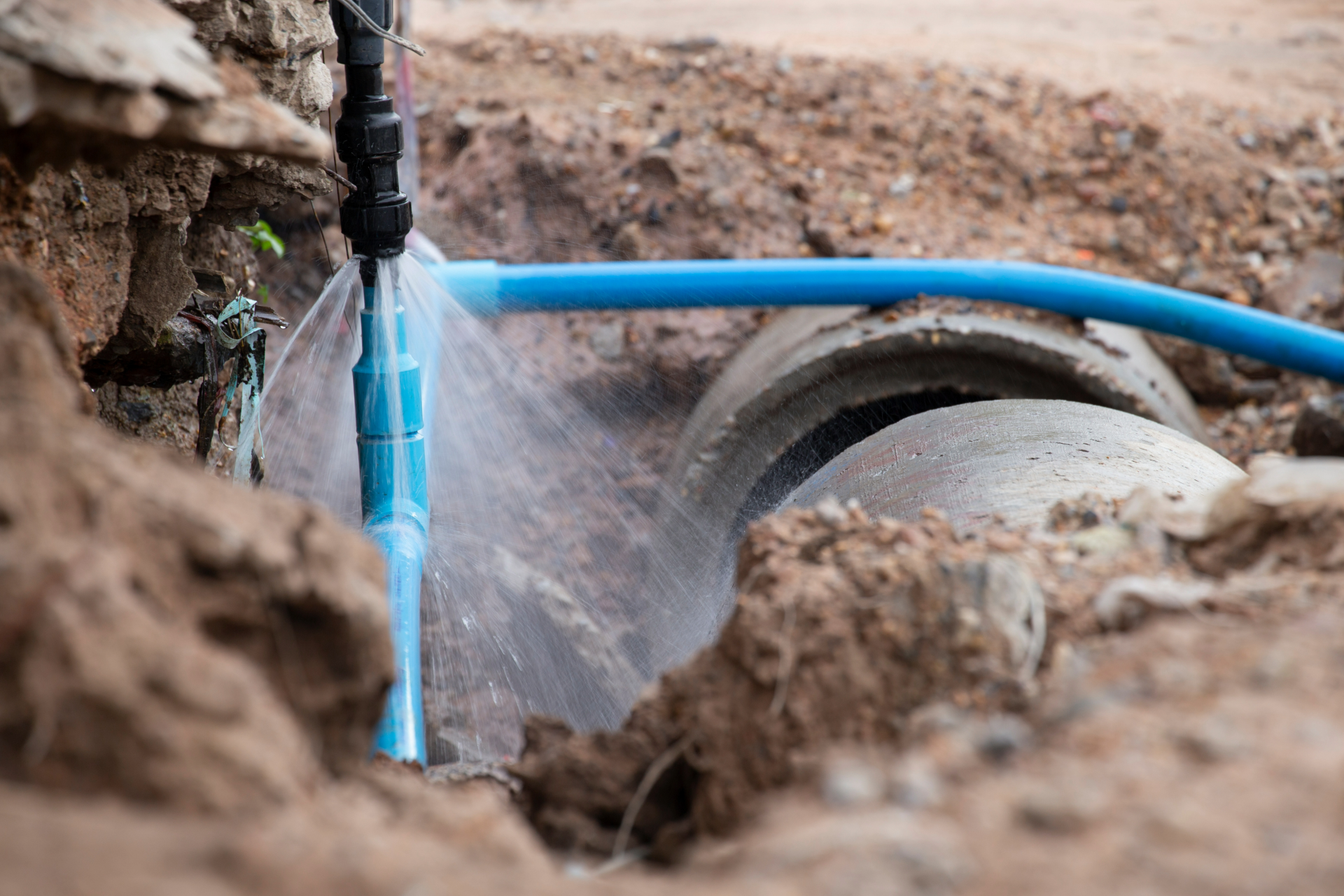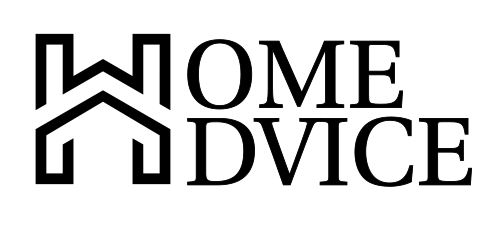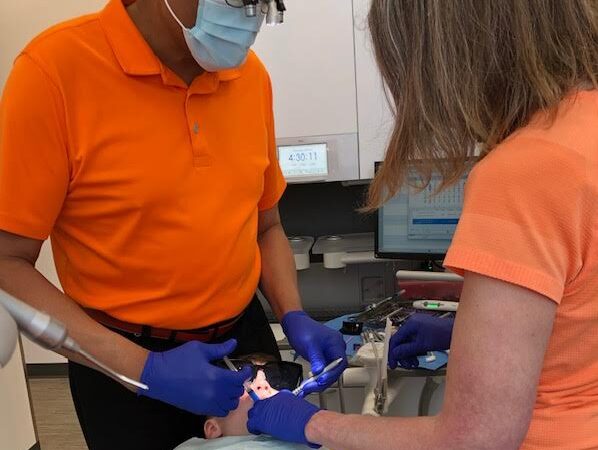3 Key Insights on Pipe Bursting Technique

In residential plumbing, one crucial component often goes unnoticed because it lies outside the home – the sewer pipe. This pipe, typically made from durable cast iron in older homes, connects your house to the municipal water system, usually running beneath your front yard. Despite their robust construction, even the sturdiest sewer pipes can succumb to age-related damage, leading to cracks, sags, and leaks. When faced with a damaged sewer pipe, homeowners have several replacement options, including a lesser-known but highly effective method known as pipe bursting. Here are three key aspects to understand about this innovative technique:
1. It’s a Trenchless Technology
Traditionally, sewer pipe replacement involved extensive and disruptive excavation in the front yard. This not only required significant time and effort but also posed a risk to the home’s landscaping, potentially damaging or requiring the removal of bushes, flower beds, and lawn features. Moreover, trench-based methods tend to be more costly due to the extensive labor involved in excavation.
Pipe bursting is a game-changer in this scenario, categorized under trenchless sewer pipe replacement methods. As the name suggests, this technique eliminates the need for digging large trenches. Instead, the entire replacement process is carried out underground using specialized equipment. This approach drastically reduces the disruptive impact on your yard compared to traditional trench-based methods, preserving the aesthetic of your landscaping while efficiently addressing the issue.
2. How Pipe Bursting Works to Replace the Old Pipe
The pipe bursting method is unique in how it deals with the old sewer pipe. During this process, the existing pipe is completely shattered, with the remnants staying underground, out of sight beneath your yard. Simultaneously, a new pipe is installed in the space previously occupied by the old one, making this method remarkably efficient.
This process involves the use of specialized pulling machines, typically powered by hydraulics. These machines pull a cable or chain through the damaged sewer pipe. Attached near the front of this cable is a critical tool called the expander head, which is cone-shaped and designed to expand to a diameter larger than the old pipe.
As this expander head moves through the pipe, its larger size exerts an outward force that effectively fractures the old pipe’s walls. Following right behind the expander head is the new pipe, which is drawn into place as the old pipe is being broken apart. By the time the pulling machine has traversed the length of the old pipe, the replacement is complete, with the new pipe fully installed where the old one used to be. This method is both innovative and efficient, minimizing disruption while effectively renewing the sewer line.
3. Advantages of Pipe Bursting Over Pipe Lining
In the realm of trenchless sewer repair, homeowners often weigh the options between pipe bursting and another method known as cured-in-place pipe lining. Pipe lining involves inserting an epoxy-coated liner inside the existing pipe, which then hardens to form a new inner layer. While this method preserves the old pipe, it has a notable limitation: the reduction of the sewer pipe’s internal diameter. This decrease can adversely affect the flow rate of waste from your home, potentially leading to backups and other issues.
FAQ:
What types of pipes can be replaced using pipe bursting?
Answer: Pipe bursting is versatile and can be used to replace a variety of pipe materials, including cast iron, clay, concrete, PVC, and ABS pipes. The technique is suitable for pipes that are damaged due to age, root intrusion, or corrosion. However, it’s essential to have a professional assess the condition and material of the existing pipes, as certain situations, like pipes with extensive joint separations or severe collapses, might not be ideal for pipe bursting.
How long does a pipe bursting project typically take to complete?
Answer: The duration of a pipe bursting project can vary depending on several factors, such as the length of the pipe being replaced, ground conditions, and accessibility. Typically, a residential pipe bursting project can be completed within a day or two. This is significantly faster than traditional excavation methods, which can take several days and involve more extensive disruption to your property.
Is pipe bursting more expensive than traditional pipe replacement methods?
Answer: Initially, pipe bursting might seem more expensive than traditional trench digging due to the specialized equipment required. However, when considering the overall costs, including the avoidance of extensive landscape restoration and reduced labor for excavation, pipe bursting can be more cost-effective in the long run. Additionally, the longevity of the new pipes installed through pipe bursting often results in lower maintenance and repair costs over time. It’s important to get a detailed estimate from a qualified contractor to understand the specific costs for your project.
Pipe bursting, in contrast, not only removes the old pipe but also allows for the installation of a new pipe of the same or larger diameter. This means maintaining or even improving the flow capacity of your sewer system. Additionally, pipe bursting results in a completely new pipe installation, which is likely to last many years, possibly decades. In contrast, pipe lining, though it restores functionality, leaves the original pipe, which might still be prone to further decay or issues. Therefore, for a more lasting solution, many experts consider pipe bursting to be the superior choice.
![]()








